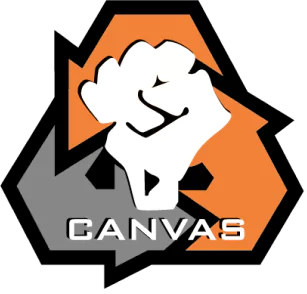Mar 1, 1919-1919
North Korea, South Korea
March First Movement; Sam-il Movement; Hangul: 삼일 운동; Hanja: 三一 運動; Man-se Demonstrations; Korean: 만세운동; Hanja: 萬歲運動; RR: Manse Undong
Share
ACTIVISTS/ACT.GROUPS/DESCRIPTION OF THE GROUP
Korean Youth Independence Corps; New Korea Youth Association; Choe Nam-Seon; Son Pyongo-hui; Yi Sung-hun; Han Yong-un; Revered Teacher Euiam
TARGET
Japanese Government (Japanese Control of Korea)
WIDELY HELD BELIEF
Colonial powers have no right to subjugate a nation and oppress its people.
CASE NARRATIVE
Issue and opponent: The Korean Independence movement under the Japanese Empire. Korea was under Japanese military rule beginning in 1905. There was widespread discontent over the Japanese control of the peninsula. Inspired by Woodrow Wilson’s Fourteen Points speech about self-determination and support for the Korean diaspora, 33 Korean religious leaders came together to declare independence.
Dilemma Action: On March 1st, 1919, thirty-three Korean cultural and religious leaders created a Korean Proclamation of Independence. The leaders publicly signed and read the Declaration of Independence aloud but got arrested by officials in Seoul. This action took place across the Korean peninsula. Under the Japanese Empire, anything declaring independence from the Empire was considered disloyal and explicitly illegal. This made any individual who made this type of declaration subject to arrest. The religious leaders were writing and reading publicly, but it left the Japanese Empire with a choice; react violently and promote protests or not react and appear to condone the behavior.
Outcome: After the arrest of the 33 leaders who declared independence, the independence movement did not have a clear leader, however, it did inspire many other nonviolent movements across the Korean peninsula. The Declaration of Independence Act was followed by two days of nonviolent campaign rallies. Activists held rallies and parades in Seoul, Ansong, Pyongyang, and many more cities across the country. By April 10th, 1919, around 300 cities had nonviolent parades. The protests included a range of civil society: school children, women, farmers, politicians, and religious leaders. The Japanese Empire responded violently to these protests. Out of the 300 protests, 200 received a violent attack from the Japanese forces like firing live ammunition into the crowds. Even though the non-violent action by the 33 religious leaders did not achieve independence, March First is a celebrated national holiday in both North and South Korea. It was not until 1945 that Japan lost control of Korea.
PRIMARY STRUGGLE/GOAL
NONVIOLENT TACTICS USED
DA TACTICS USED
Declarations by organizations and institutions
CASE NARRATIVE WRITER
SUCCESS METRICS
5 / 12
(MC) Media Coverage
(OR) Opponent response
(PS) Dilemma action built sympathy with the public
(PUN) Punishment favored the activists
(SA) Dilemma action appealed to a broad segment of the public
PART OF A LARGER CAMPAIGN
2 / 3
Encouraged more participants to join the movement
Internally replicated by the same movement
RESOURCES
Project documentation
Dilemma Actions Coding Guidebook
Case study documentation
Dilemma_Actions_Analysis_Dataset
SOURCES
Corby, Elowyn. 2011. “Koreans protest Japanese control in the “March 1st Movement,” 1919.” Global Nonviolent Action Database, March 18. Retrieved July 14, 2023. (https://nvdatabase.swarthmore.edu/content/koreans-protest-japanese-control-march-1st-movement-1919).
Neuhaus, Dolf-Alexander. 2017. “Awakening Asia”: Korean Student Activists in Japan, The Asia Kunglun, and Asian Solidarity, 1910–1923. Cross-Currents: East Asian History and Culture Review,” University of Hawai’i Press. Retrieved July 19, 2023. (https://muse.jhu.edu/article/679025?needAccess=true).
Britannica. 2023. “March First Movement,” Encyclopedia Britannica, February 22. Retrieved July 20, 2023. (https://www.britannica.com/event/March-First-Movement).
Ronkin, Noa. 2019. “On the Centennial of the March First Independence Movement of Korea,” Stanford Freeman Spogli Institute for International Studies, May 13. Retrieved July 20, 2023. (https://fsi.stanford.edu/news/centennial-march-first-independence-movement-korea).
Kim, Yong-Jick. “Formation of a Modern State and National Social Movement in Modern Korea: March First Movement (1919) in Comparative Historical Perspective”. ProQuest Dissertations Publishing, 1992.
Shin, Gi-Wook, and Rennie Moon. “1919 in Korea: National Resistance and Contending Legacies.” The Journal of Asian Studies 78, no. 2 (2019): 399–408.
Related cases
Dec 10, 2011-2011
Russia
Russian politics had long been dominated by the United Russia party. The United Russia Party is a centrist party created by the elite to support their favored candidat...
/
Oct 1, 2014-2014
United States of America
Issue and opposition: Guggenheim Museum has often been the target of activists because of its low wages, deplorable working conditions, and other abusive labor practic...
/
Jun 1, 2020-2020
United Kingdom
Issue and Opposition: Glasgow has several streets that were named after slave owners and tobacco lords. One such street was Cochrane Street named after Andrew Cochrane...
/
Subscribe to our newsletters to get full access to all materials on our website.

